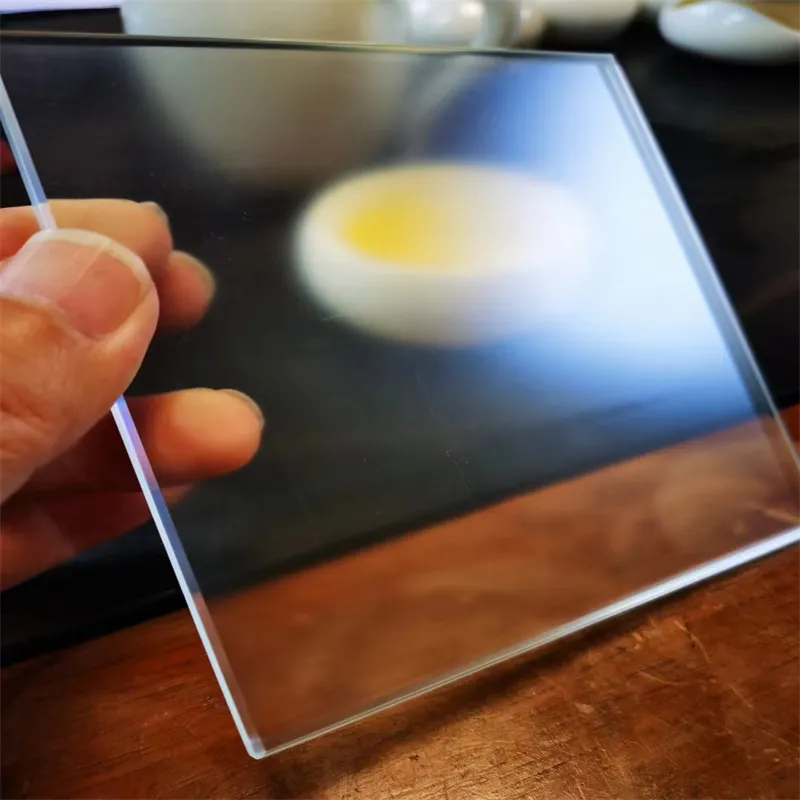Dec . 03, 2024 13:20 Back to list
architectural laminated glass
The Architecture of Laminated Glass A Fusion of Aesthetics and Safety
Laminated glass, known for its distinctive combination of aesthetic appeal and superior safety features, has emerged as a significant material in modern architecture. Its unique construction, which consists of layers of glass bonded together with a polymer interlayer, not only enhances the visual impact of a building but also serves critical functional purposes. This article explores the architectural significance of laminated glass, emphasizing its benefits, applications, and contributions to contemporary designs.
Understanding Laminated Glass
Laminated glass is created by sandwiching one or more layers of plastic between two or more layers of glass, subsequently subjecting the assembly to heat and pressure. This process results in a robust and cohesive material that retains its integrity even when shattered. The interlayer, typically made from polyvinyl butyral (PVB) or ethylene-vinyl acetate (EVA), holds the glass layers together, preventing them from separating and reducing the risk of injury from sharp shards.
Safety and Security
One of the primary advantages of laminated glass is its safety. In the event of breakage, the interlayer keeps the broken glass pieces bonded, minimizing the chances of injury to individuals nearby. This characteristic makes laminated glass an ideal choice for environments where safety is paramount, such as schools, hospitals, and storefronts. Moreover, laminated glass can provide enhanced security against break-ins, as it is much harder to penetrate compared to standard glass.
Acoustic Performance
In urban environments, noise pollution can be a significant concern for residents and office workers alike. Laminated glass offers excellent acoustic insulation properties, enabling it to significantly reduce outside noise. The addition of an acoustic interlayer can further enhance its soundproofing qualities, making laminated glass an increasingly popular choice for buildings located in busy cities or near airports.
architectural laminated glass

Energy Efficiency
The design and energy performance of buildings are critical in contemporary architecture. Laminated glass can contribute to energy efficiency by incorporating low-emissivity (Low-E) coatings that minimize heat transfer. By using laminated glass, architects can improve a building's insulation, helping to maintain a comfortable indoor climate while ultimately reducing energy costs. This functionality aligns with the growing trend toward sustainability and eco-friendly design practices.
Design Versatility
Laminated glass offers unparalleled design flexibility, allowing architects to create striking visual elements that are both functional and beautiful. The glass can be tinted, frosted, or even printed with custom patterns, enabling creative expressions that complement a building's aesthetics. Additionally, the ability to incorporate different colors and textures provides architects with the creative freedom to design unique façades that reflect their vision.
Applications in Architecture
Laminated glass is increasingly utilized in various architectural applications, including facades, skylights, balustrades, and even interior partition walls. Its versatility allows it to be used in residential, commercial, and public buildings, enhancing both safety and design. In the case of curtain wall systems, laminated glass can be used to create seamless and expansive views, maximizing natural light while maintaining security and energy efficiency.
Conclusion
As architecture continues to evolve, the use of innovative materials like laminated glass will play a crucial role in shaping the buildings of the future. Its unique blend of safety, acoustic performance, energy efficiency, and design flexibility not only meets the practical needs of modern architecture but also contributes to the overall aesthetic appeal. Laminated glass represents a convergence of form and function, making it an indispensable component in contemporary architectural design. As architects and builders increasingly recognize its value, laminated glass is poised to transform the built environment in exciting and impactful ways.
-
Safety and Style with Premium Laminated Glass Solutions
NewsJun.24,2025
-
Reinvents Security with Premium Wired Glass
NewsJun.24,2025
-
Premium Float Glass Line for Modern Architecture
NewsJun.24,2025
-
Low Emissivity Glass for Energy-Efficient Architecture
NewsJun.24,2025
-
High-Performance Insulated Glass Solutions for Modern Architecture
NewsJun.24,2025
-
Elevates Interior Style with Premium Silver Mirror
NewsJun.24,2025
Related PRODUCTS














